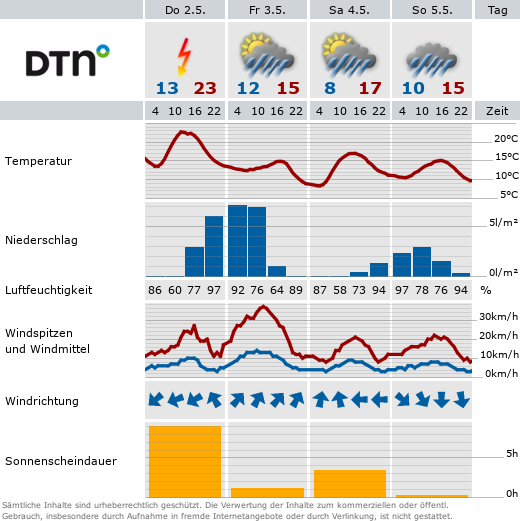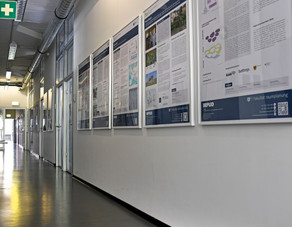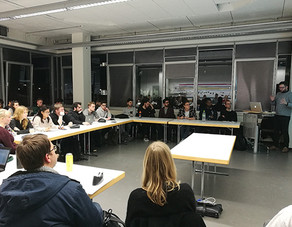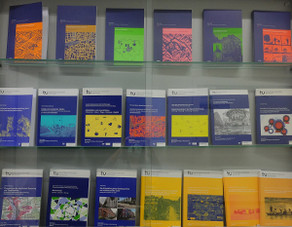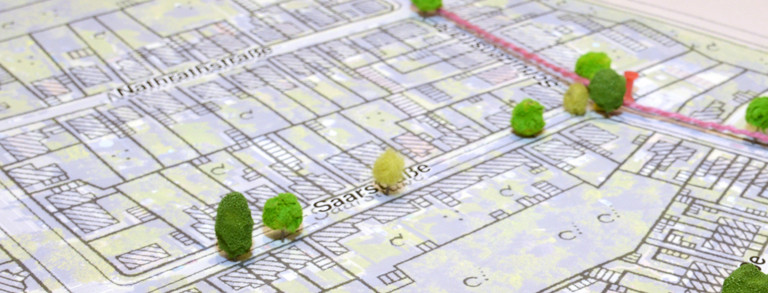DAS - Climate Impact Adaptation Concept for the District Dortmund-Hörde
Project duration: 12/2014 to 11/2016
The project, which is funded by the Federal Ministry for the Environment, Nature Conservation and Nuclear Safety, will run for two years. In cooperation with the City of Dortmund and the EMSCHERGENOSSENSCHAFT/ LIPPEVERBAND, the IRPUD will develop a climate change adaptation concept.
The aim of the project is to strengthen the adaptability of Dortmund to the impacts of climate change. How the effects of climate change will look in the different fields of action and how they can be handled in terms of adaptation to climate change will be studied using the example of the very dynamic research area, Dortmund-Hörde. The study will be the first comprehensive and interdisciplinary study of its kind for the research area.
The basis of the concept is the "Future Cities Adaptation Compass", which was developed by the Emschergenossenschaft/Lippeverband together with several European cities. This compass allows the analysis of the "vulnerability" of a city through the consequences of climate change. In addition, policy proposals and actions to counteract climate change effects will be developed and implemented.
The "Future Cities Adaptation Compass" is used as an analysis tool for the application of roadmaps developed in the research project “INCA”. From a planning process perspective, this tool is characterized by a high level of actor involvement and integration to ensure that the contributions of the individual actors attempt to move toward a common direction.


